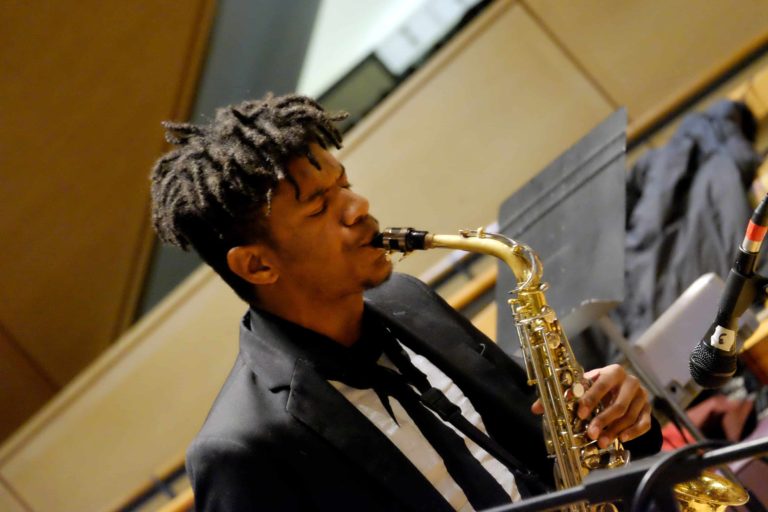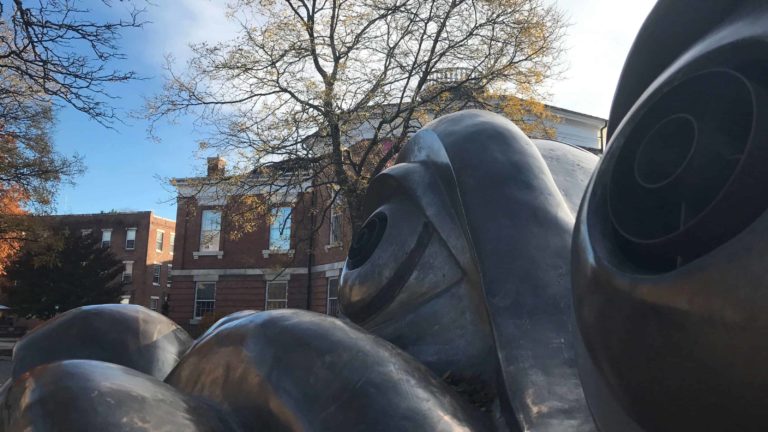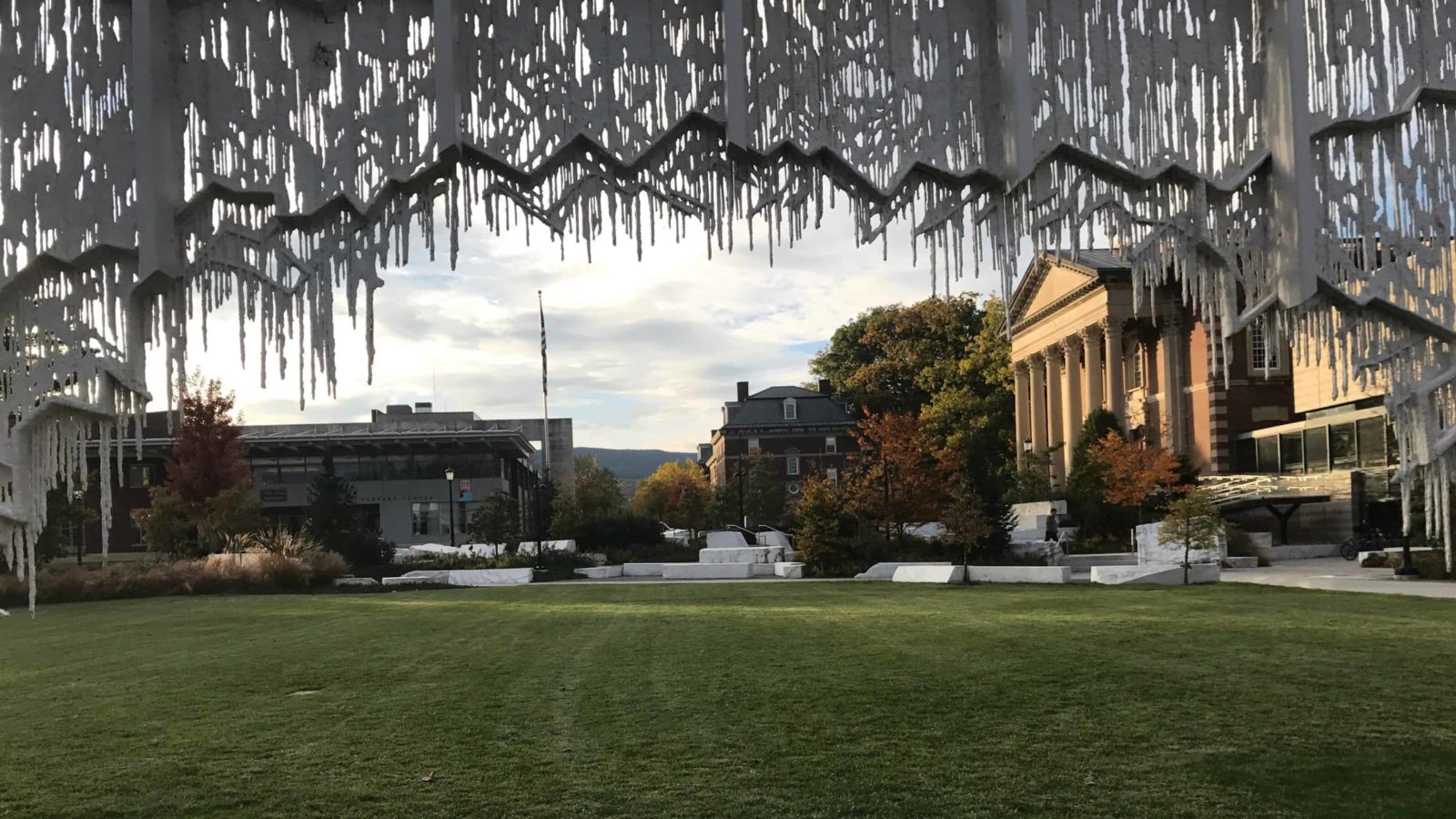Williams College is named the top liberal arts college in the country, year after year, and it’s a standing joke among the students that no one has ever heard of it.
In fact, people around the world have heard of Williams and come to visit, and to speak and perform. But the college draws in the kind of students who are willing to hang out on Stone Hill with a herd of dairy cows, three hours’ drive from the nearest major city — and they make their own fun.
They’ll start a ceramics club from scratch in a dorm basement, or sing madrigals on winter nights. They’ll stay up all night playing live trivia through the college radio station, get up after a few hours’ sleep to fiddle in the quad and then walk up a mountain barefoot at 3 a.m.
That excitement spills over in events open to the community. Music, performance and conversation run in all directions, fall to spring — and all year, the campus holds a free art museum and outdoor sculpture, a library built of tall windows, a river walk and trails. You can dance to marimba and drum, or taste maple syrup in the sap house, still hot from boiling down.

Theater and Dance
Brooklyn ensembles, international choreographers, Tony award-winning tap dancers and more perform on the stages at the Williams College ’62 Center for Theatre and Dance, along with student performers — and the Williamstown Theatre Festival in the summer.
'62 Center for Theatre and Dance
Williams College music
On an ordinary evening in March, you can walk across town to hear a master of Malian kora sing a love song over a lifting run of chords. Visiting musicians and ensembles perform regularly in spring and fall. They travel here from Brooklyn, from the West Coast, from Africa and Asia, to perform with and for the students and the community. Concerts are open to all, and almost all of them are free.
Students and faculty also perform — jazz, Chinese classical music, minimalist percussion, wind ensemble, chamber choir … and many more.
Music department at Williams College
Williams College Museum of Art
All year round, the college museum exhibits contemporary artists from many parts of the world and historic artists stretching back centuries. Paintings, photographs and sculpture explore ideas in many places and times.
Visiting artists talk about their work during the semester, and in the summer college professors and visiting scholars explore fields related to the work on display — from guardian spirits to home brew. Admission is always free.
Williams College Museum of Art
Sawyer and Chapin libraries
You walk into one building suspended in another, like a rose in glass — an old brick building blends into a new open space with a three-story wall of windows. The new Sawyer Library opened in 2014 after a 12-year renovation.
The library is open to the public, and it has kept its open stacks. Anyone can read here, and locals can have library cards. And the Chapin Library within offers exhibits from its collection of rare books, including Audubon prints and original copies of the Declaration of Independence, the Constitution, and the Bill of Rights.
Libraries at Williams College
Hopkins Forest
The Williams College Center for Environmental Studies manages the Hopkins Memorial Forest,
2600 acres in Massachusetts, New York and Vermont with public trails running from the Hoosic River valley up to the Taconic crest. Students research and teach here, preserving the forest and and measuring patterns in water, plant growth and ecology over time.
In spring, CES taps the sugar bush and boils its own maple syrup in the saphouse here — they give tastings at an annual festival in March. And in fall they balance it with a complimentary celebration, with cider pressing, live music, demonstrations of tools and skills at the visitors center and a canopy walk as the trees turn color.
Hopkins Forest Trail Map
